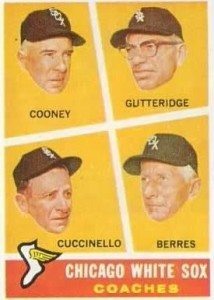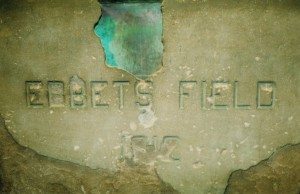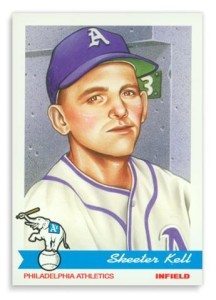I’ve just read the eye-opening Mint Condition: How Baseball Cards Became an American Obsession
This is more history of the card INDUSTRY than I ever imagined. The book is not a love letter to card makers. Readers will recoil over some early behaviors of Bowman and Topps. For instance, Jim Bouton shares how he felt a Topps exec bullied minor leaguers into signing away their exclusive card appearance rights for a $5 retainer. Bouton didn’t bite, insisting his father should review the contract first.
Instead of interviewing card company officials, I’d rather know more about how it felt to be a face on those cards. When I wrote to former St. Louis Brown Don Gutteridge in 2000 about his 1944 “Play Ball” card, I got a surprising letter in return:
“I do not even remember giving anyone permission to use my name on a card. In fact, I did not see the 1944 (Play Ball) card until a few years ago (in the 1990s) when someone sent me the card and asked me to please sign it for them. The company never contacted me. In fact, I would like to have a couple of those cards for my own mementos. I think it’s very nice to have your picture and data on a card. It is so nice to be remembered.”



